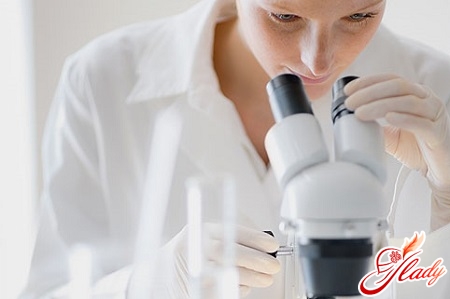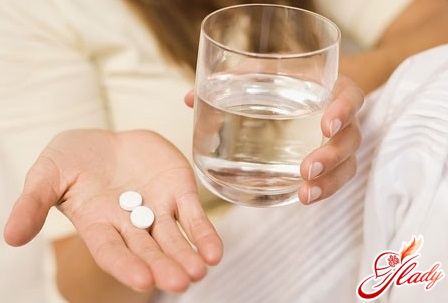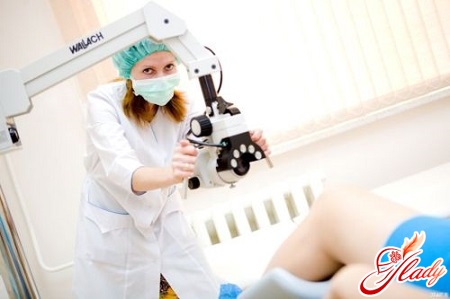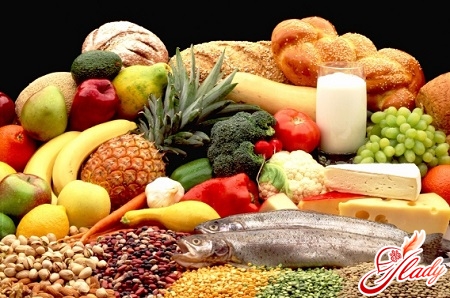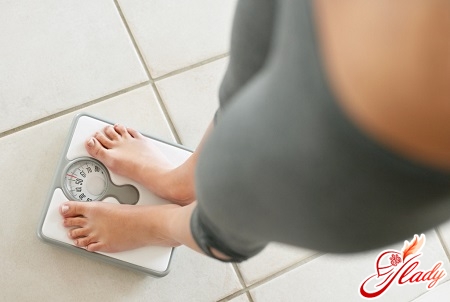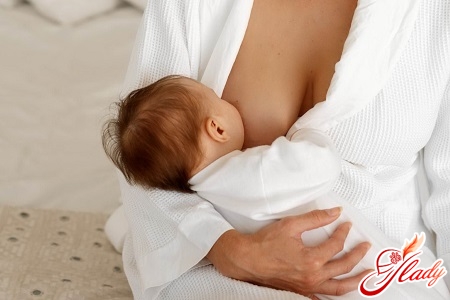
When lactating or breastfeeding somemothers have chest pain. Consider why the chest hurts when feeding, how does the sensation of pain appear and how do they soothe it? During the process associated with the high tide of milk, an unpleasant sensation may appear in the mammary gland. The very addition of milk is based on the oxytocin reflex of the organism of the nursing mother, which begins to work during the increase of the hormone (oxytocin) responsible for this. After the birth of the baby (on the first day), the hormone starts responding to the action associated with breast sucking, and then, even thinking about the baby, the mother can activate the production of oxytocin. This reflex of the body (oxytocin), different women feel each in their own way. It may show up with mild pain, tingling or tingling. Some women feel uncomfortable, but on others this reflex does not affect (they just do not feel anything). If a nursing mother has a lot of breast milk, she experiences pain in the chest after feeding, which is acute. But remember that after a three-month feeding, along with tides (painful), they disappear or decrease. If lactation is correctly applied to the baby's mammary glands, then gradually the amount of milk will correspond to the nutrition necessary for the baby.
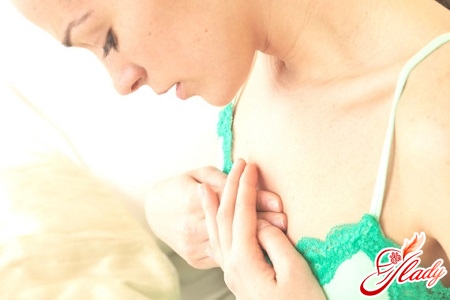
Thrush and mastitis
One of the fungal infections, which most ofteninfected mothers, consider the so-called thrush. Frequent cases when she chooses a place for localization of the nipples of the nursing mother and the oral cavity of the baby, which is ideal for reproduction of this fungus (moisture and heat). Sometimes the thrush penetrates into the ducts through which the breast milk enters the nipples. With such infection, lactation causes unbearable pain to the nursing mother. If a woman has a thrush, then the pain runs through the entire lactation period, and sometimes intensifies after it. If such symptoms appear, you should immediately make an appointment with a doctor who will identify all the causes of the infection and prescribe a treatment for both (mother and child). After giving birth, the woman has an increase in blood flow to the mammary glands, and they are filled with breast milk, and often there is a feeling of filling or overflow of the chest, which becomes hot and painful. This is due to the fact that the cells of the mammary glands begin to swell and progress along the milk ducts is difficult. But over time, when the body of the nursing mother begins to produce the right amount of milk for the baby, this pain will come to naught. If during the lactation an inflammation of the mammary gland site occurred, it can be assumed that the lactating mother has mastitis, which can occur when the duct of the mammary gland is blocked. At this time (with lactation) the glands completely can not empty or the duct is blocked by milk (bunch). The woman has redness and chest pain, the temperature can rise and she will feel a chill. When mastitis, lactation can be continued, but note that a woman should make an appointment with a doctor. If during pregnancy the future mother attended classes and learned how to relax, then she must apply the knowledge gained while feeding. This will reduce discomfort and ease the pain. If milk is stagnant in the mammary glands, then the child can start sucking wrong and not completely empty them. To prevent this, it is necessary to express the milk a little and after that the baby will be able to correctly stick. 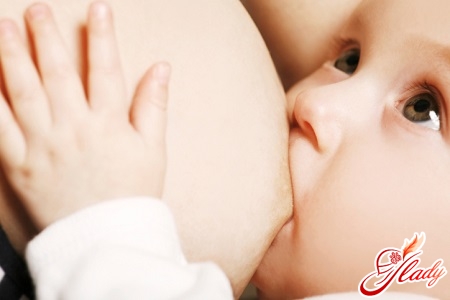
Advice for nursing mothers
Remember: if the chest is full, then the milk is difficult to flow out of it, and this makes it difficult for the baby to feed. If this happens, do the following:
- baby approach the mammary glands;
- when you feel that the milk has increased, it is necessary to gently stop feeding and to express a little milk on a soft cloth (towel);
- after this you need to continue feeding.
Consider what else can cause chest pain. It can occur if:
- for the use of a bra, the seams of which touch the skin or cup, which squeeze it;
- a woman has premenstrual syndrome, pain can occur after ovulation and stop with the onset of menstruation;
- a woman has fibrocystic mastopathy: there are seals in the mammary glands that are filled with fluid.
Let's consider some more variants when there is a pain in a breast at feeding:
- The child incorrectly took the breast, and thus there are abrasions and cracks in the nipples.
- If during the feeding the mammary gland coarsens and swells, then it reminds the mother of feeding, which is missed or can talk about lactostasis or mastitis.
- If, during feeding, a woman feels that she burns in the area of the nipples or their areola, then she notices the appearance of cracks and pain in the breaks between lactation, then this speaks of the thrush.
If the mammary glands swell, there is pain andthe temperature rises, which means that there has been a stagnation of milk (lactostasis). If you do not consult a specialist, mastitis may develop. Be attentive to all changes in the skin of the mammary glands, this will give an opportunity at an early stage to discern a disease.




